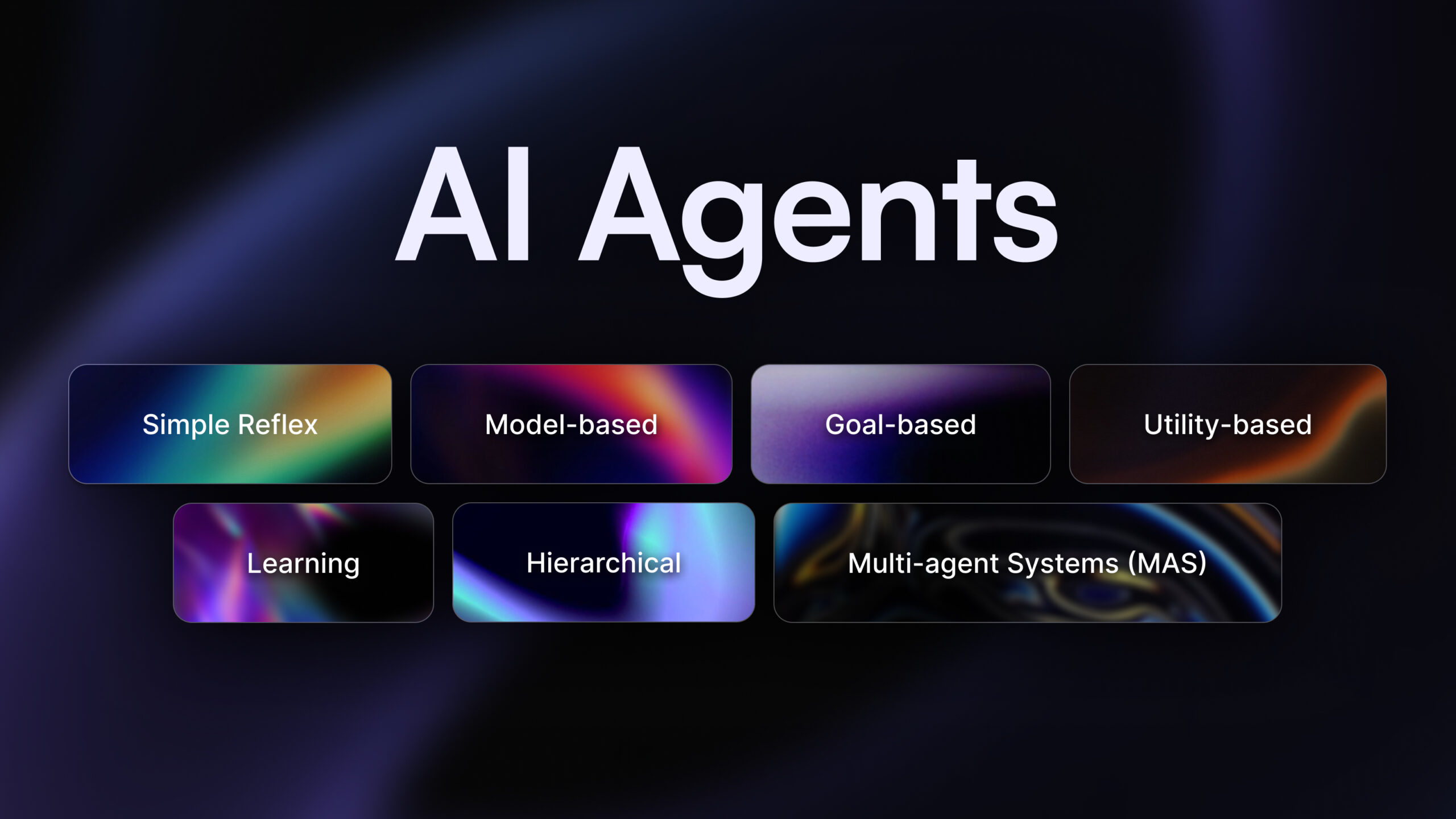Large language models are undoubtedly very effective, but they are unable to communicate with the outside world or go beyond their training data. AI agents have altered the rules in this situation. They feel lot more like a real assistant who can do things for you because they can act, reason, and finish multi-step tasks in addition to producing words. Although there are many resources available, we will be taking a broad overview for this essay. I’ll present five beginner-friendly applications, some of which are created entirely in Python and some of which also make use of well-known AI agent frameworks. After doing a lot of research, I created and selected these projects so that each one offers a unique perspective on what agents are truly capable of. Let’s begin, then.
1. Using Pure Python To Create An AI Calendar Agent
The video is available at https://www.youtube.com/watch?v=bZzyPscbtI8.
With the help of this article, you can create a calendar/scheduling agent entirely in Python, free of complex frameworks and cloud dependencies. A practical demonstration of the agent loop will be given to you, including intent parsing, action planning, calendar API calls, and dispute resolution or confirmation. Along with helpful advice for interpreting natural-language times and preventing double bookings, it covers authenticating and carrying out CRUD transactions with Google Calendar or other services. The teacher walks you through the process step-by-step, demonstrating how to respond to questions like “what’s on my calendar tomorrow” or “schedule meeting at 3pm” and map them to tool calls like retrieving events or adding new ones. It will already feel like you are speaking with a personal assistant who can act rather than just talk once your agent is able to consistently manage your schedule.
2. How To Create A Custom Coding Agent
The video is available at https://www.youtube.com/watch?v=lxgfhPQ1GSI.
Zain Hasan from Together AI’s developer relations team demonstrates how to create a coding agent from scratch without exclusively using prebuilt frameworks in this workshop-style tutorial. A basic conversation loop will be the first thing you add, followed by safe sandboxing guidelines, iterative evaluation, and debugging, and utilities like file readers, shell execution, and search capabilities. You will discover how to employ LLMs as routers and evaluators in the agent pipeline, as well as examine real-world code examples for putting parallel, serial, conditional, and looping agent processes into practice. Your own personal pair programmer is ready to work with you after your agent is able to autonomously create, test, and improve Python snippets.
3. Agent For Content Creation From Scratch
The video is available at https://www.youtube.com/watch?v=PM9zr7wgJX4.
For creators and businesses that desire agent-driven automation, this detailed tutorial by CrewAI CEO João Moura demonstrates how to create a content creation agent from scratch using CrewAI, Zapier, and Cursor. End-to-end workflows that manage content ideation, auto-drafting, publishing, and cross-post dissemination will be taught to you. In order to automate jobs like social media posts, newsletters, or short-form video scripts while preserving quality control, the course explains how to wire triggers, actions, rate limitations, and QA stages. It covers both code-based and no-code options. With real-world examples like designing multi-agent flows, making custom PDF reports, and producing structured content plans, João walks you through the process of integrating tools, troubleshooting, and improving agent performance.
4. Pydantic AI Research Agent
The video is available at https://www.youtube.com/watch?v=762sqd7Iw6Y.
In this practical tutorial, Mehdi, a professor of computer science and co-founder of Transform AI Studio, and Angelina, vice president of AI and data, show you how to create a structured research agent from scratch using Pydantic AI and standard Python. In addition to creating little agents that search the web, retrieve pages or PDFs, summarize discoveries, and compile results into neat, organized notes or emails, you will learn how to design typed schemas for outputs. In order to provide consistent, dependable, and machine-readable outputs, the tutorial shows how to integrate web search APIs, document downloaders, and LLM summarizers while utilizing Pydantic models. This method makes it perfect for developing literature-survey bots or replicable research assistants.
5. Sophisticated AI Search Agent
https://www.youtube.com/watch?v=cUC-hyjpNxk is the access link.
Tim from DevLaunch has created a comprehensive tutorial for students who are prepared to create a production-style research agent. You’ll discover how to plan multi-step, graph-based processes that include credibility checks, relevance filtering, deduplication, and live web scraping and search. In addition to practical concerns like politeness, proxies, and rate restrictions, the guide covers sophisticated architecture principles like query routing, crawler design, and incremental indexing. You may develop an agent that actively searches and obtains the most recent information in addition to reasoning by combining LangGraph with real-time search from sites like Google, Bing, and Reddit. This project is perfect for anyone who wants to create scalable, practical research assistants instead than just toy agents.
Concluding
There is much more to these five projects than “just making the model chat.” My advice: Don’t spend too much time on one concept. Build the one that most excites you, then try other things. It gets easier to mix and match and create your own agent patterns the more you experiment with them.

